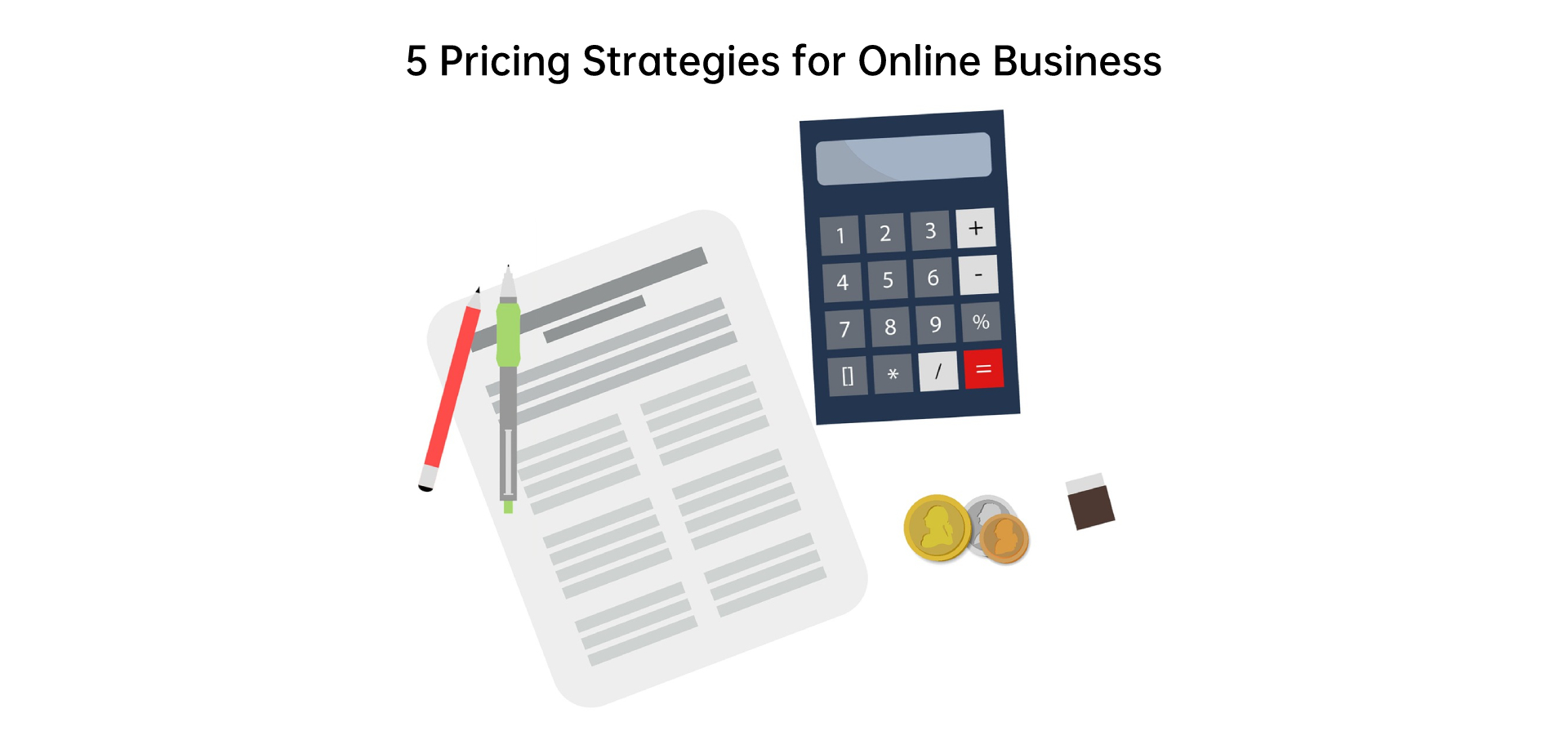Blog > Seller Tips > Copywriting Optimization Skills: Successful Experience from Sellers Who Making 5 Million Dollar Annually
Copywriting Optimization Skills: Successful Experience from Sellers Who Making 5 Million Dollar Annually
Jayson 08 Oct 2023 09:10ENCopy link & title
Copywriting optimization shoulders the important task of attracting customers, promoting product advantages, and obtaining high rankings on e-commerce platforms. Using copywriting of different quality to promote the same product may produce huge differences in sales.
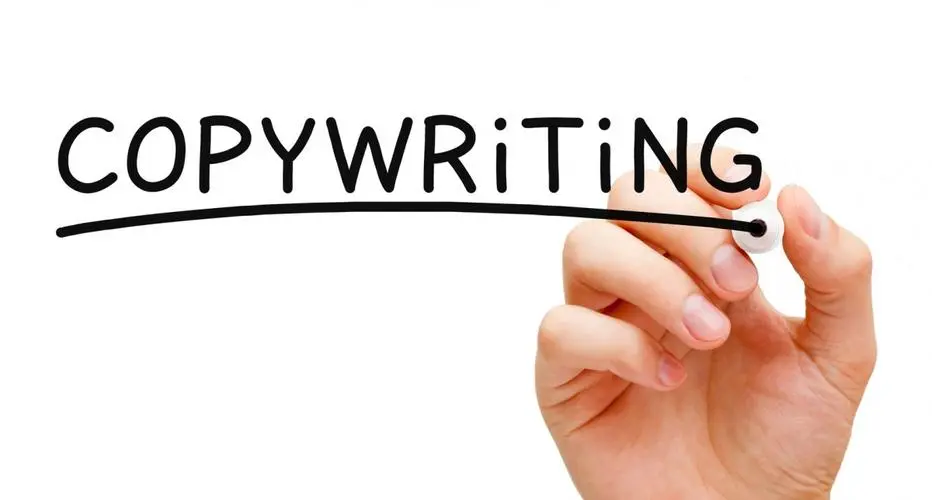
Here are 6 proven and effective e-commerce copywriting optimization skills, which combine the experience of store owners and the scientific advice of psychological experts. Compare and see what points your e-commerce copywriting has achieved~
①. How to understand target customers
First, you need to answer an important question: Who are you writing copy for? Understanding your target customers' needs is the first step to resonating with them.
Good ways to research your target customers include:
1. Utilize the company's market research and analyze website traffic data
2. Conduct online surveys, polls and interviews
3. Analyze discussions on social platforms such as TikTok, Pinterest and Facebook
Once you've completed your research, you'll have plenty of ideas for describing your product from a "Customer Perspective." For example, your company is selling backpacks. Read carefully the discussions about backpacks on Facebook and you will find many short sentences and vocabulary that can be used in copywriting.
WP Standard, a leather goods brand that has entered the TOP10 Shopify store list, uses words such as "daily busy" and "will accompany you for many years" in the product description of the backpack, which means to communicate with target customers in a way they are familiar with. Although WP Standard's Pinterest account only has more than 5,000 fans, its homepage has more than 96,000 monthly views.
 In addition, it is also a good way to study the copywriting of your competitors to find out how they promote the advantages of their products.
In addition, it is also a good way to study the copywriting of your competitors to find out how they promote the advantages of their products.
②. How to write an eye-catching title
Think back to your last online shopping experience. Was the first thing you saw at first sight an eye-catching title? Titles are crucial to creating a positive and engaging first impression. Customers may choose to purchase an item based solely on the title. That's why we need eye-catching headlines in emails, homepages, product pages, ads, and everywhere.
An attractive title can be conceived from two dimensions: "Clarity" and "Resonance with your target customers".
1. Clarity
The title needs to capture the point so customers can know they are in the right place. Complex titles can easily overwhelm customers. For example, the title of the eyewear brand "Warby Parker" makes its advantages clear at a glance.
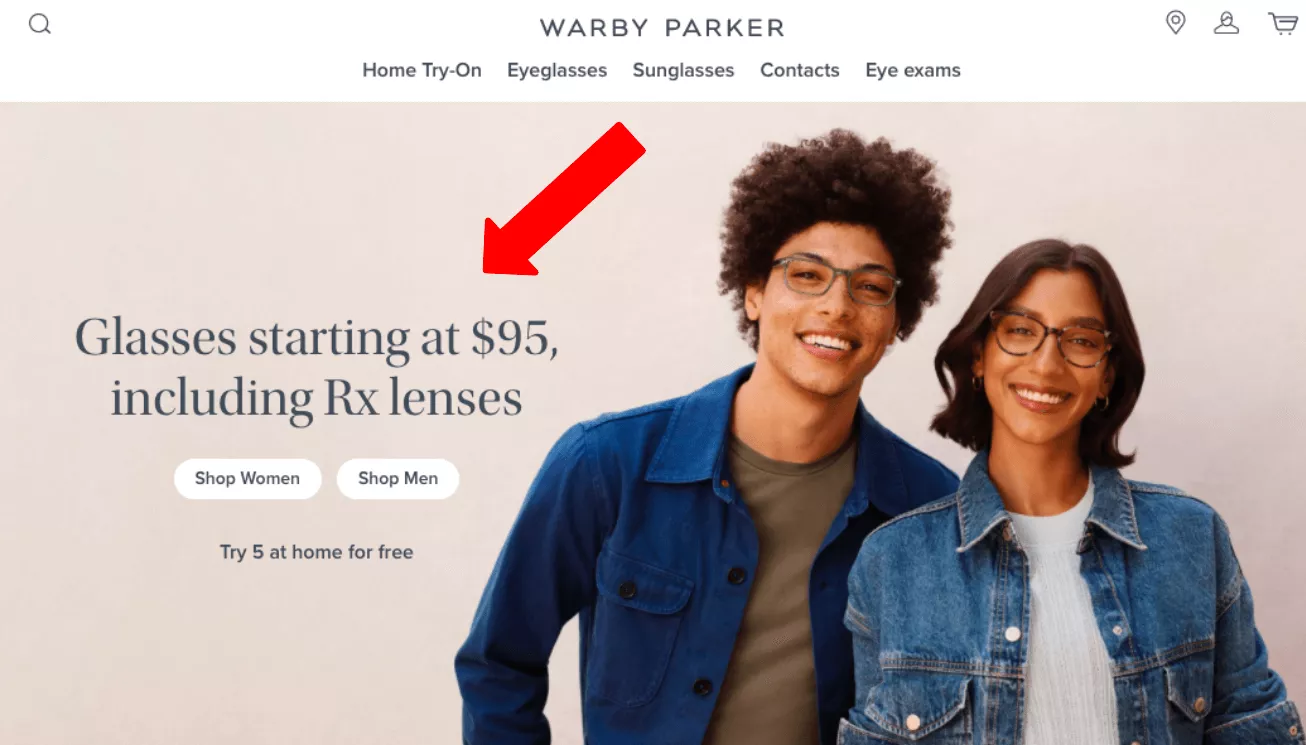
2. Resonance
Create a deeper connection with your customers. If you know your target customers well, your headlines will be more likely to resonate with them.
Researching your client's needs, goals, and problems is critical. For example, the food brand Partake Foods uses the title "Because Ingredients Matter" to convey to customers "We care about food ingredients as much as you do = we understand you."
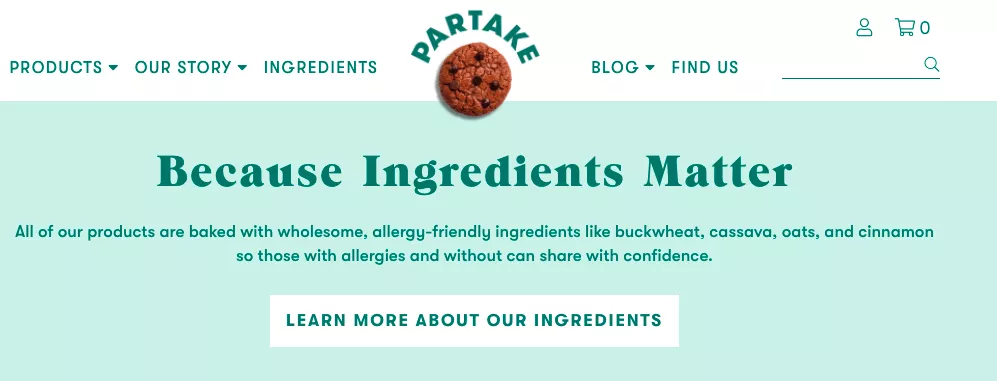
③. How to tell a good brand story
Storytelling is a great technique for connecting with your customers. Take the bicycle brand Madsen Cycles as an example. The story the brand tells customers is: When the Madsen family visited relatives in Denmark, they were deeply impressed by the country's cycling culture. They wanted to bring bicycle culture back to America and ended up designing a unique family-friendly bike
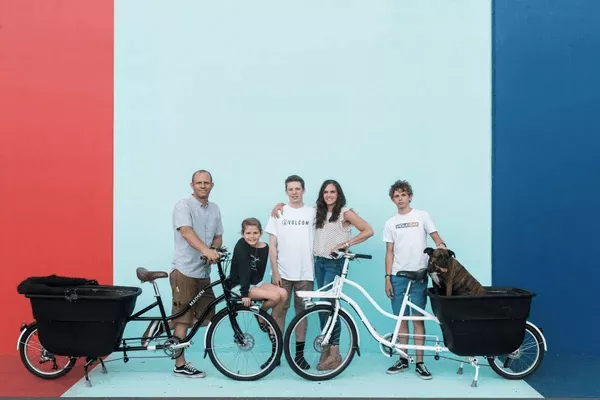
In addition to brand culture, you can also include stories in product descriptions. For example, tell how the product will change customers' lives, etc. These stories will build rapport with customers and evoke positive emotions in them.
④.How to create a sense of urgency
A sense of urgency can get potential customers to take immediate action. There are many ways to express a sense of urgency:
· Limited stock levels
· Mystery and flash sales
· Limited edition products
· Time limit to get a special price
· Free delivery for special conditions
For example, the decoration brand "Boughs" uses this method to promote weekly limited-edition products. Also be careful to write down the most important details that customers need to know, such as time, discounts, promo codes, etc.
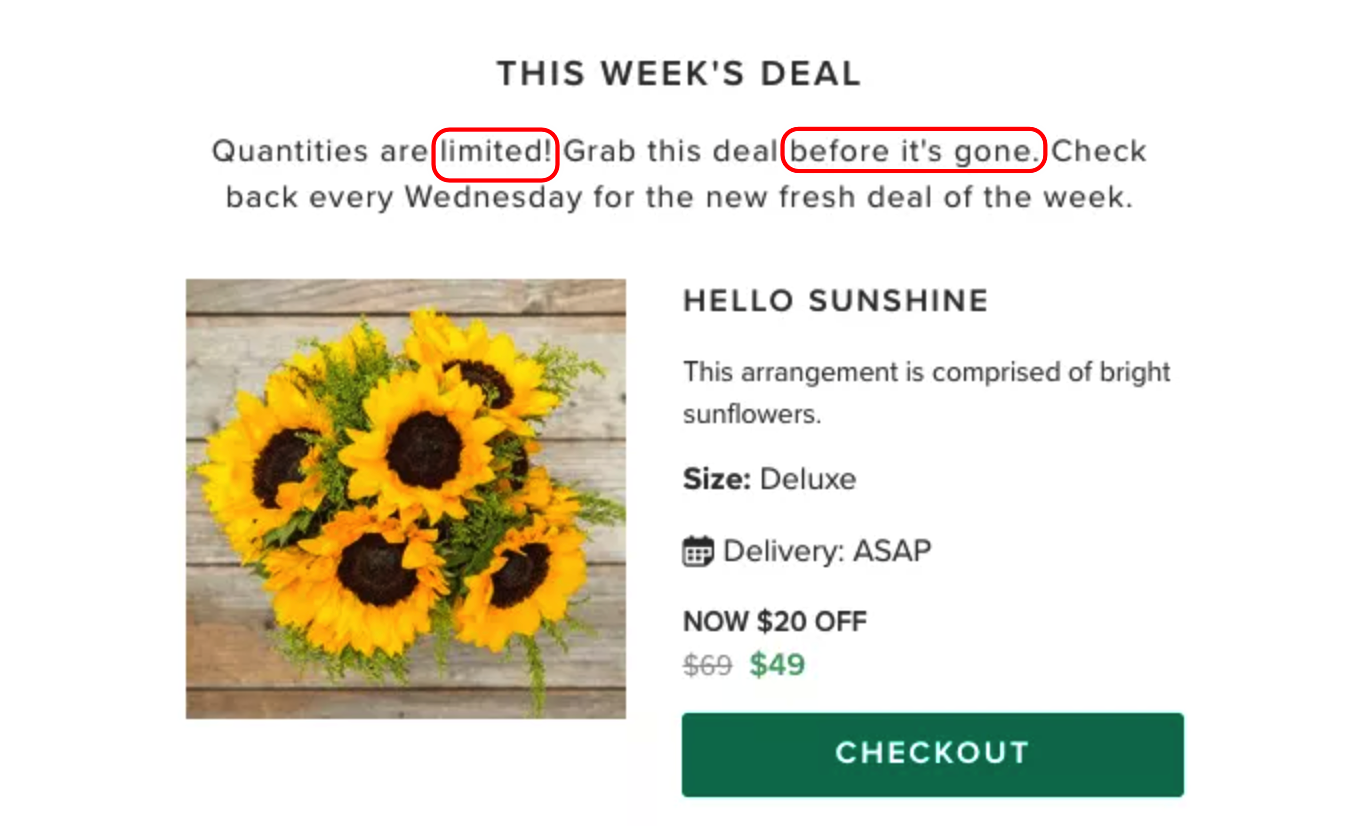
⑤. How to convey key information quickly
In fast-paced work and life, everyone wants to obtain information quickly. How do you keep it simple while still including useful information that will help your customers convert?
Body care brand Dollar Shave Club's product descriptions use a list of symbols to convey many of the product's benefits. Of course, in addition to lists of symbols, consider using different font sizes, headings and subheadings, short paragraphs of no more than three lines, etc.
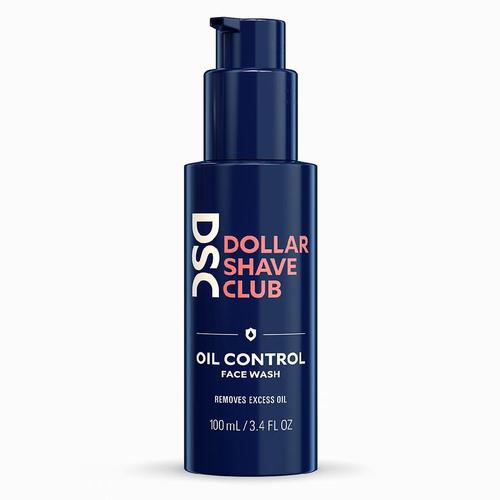
⑥. How to eliminate customer's hesitation before placing an order
Most customers who visit your website may aren't ready to buy yet, and copywriting can convince them to stop hesitating and make a decision. It's a good way to show them that the risks involved with placing an order are low, such as the usual free shipping and free returns. This type of risk avoidance also includes money-back guarantees, safe payment instructions, etc.
· Stop Hesitating
For example, HelloFresh is a brand that has an excellent risk-aversion strategy when it comes to copywriting. Customers can see answers to frequently asked questions about their food ordering service before they start ordering, which is also a great way to eliminate hesitation.
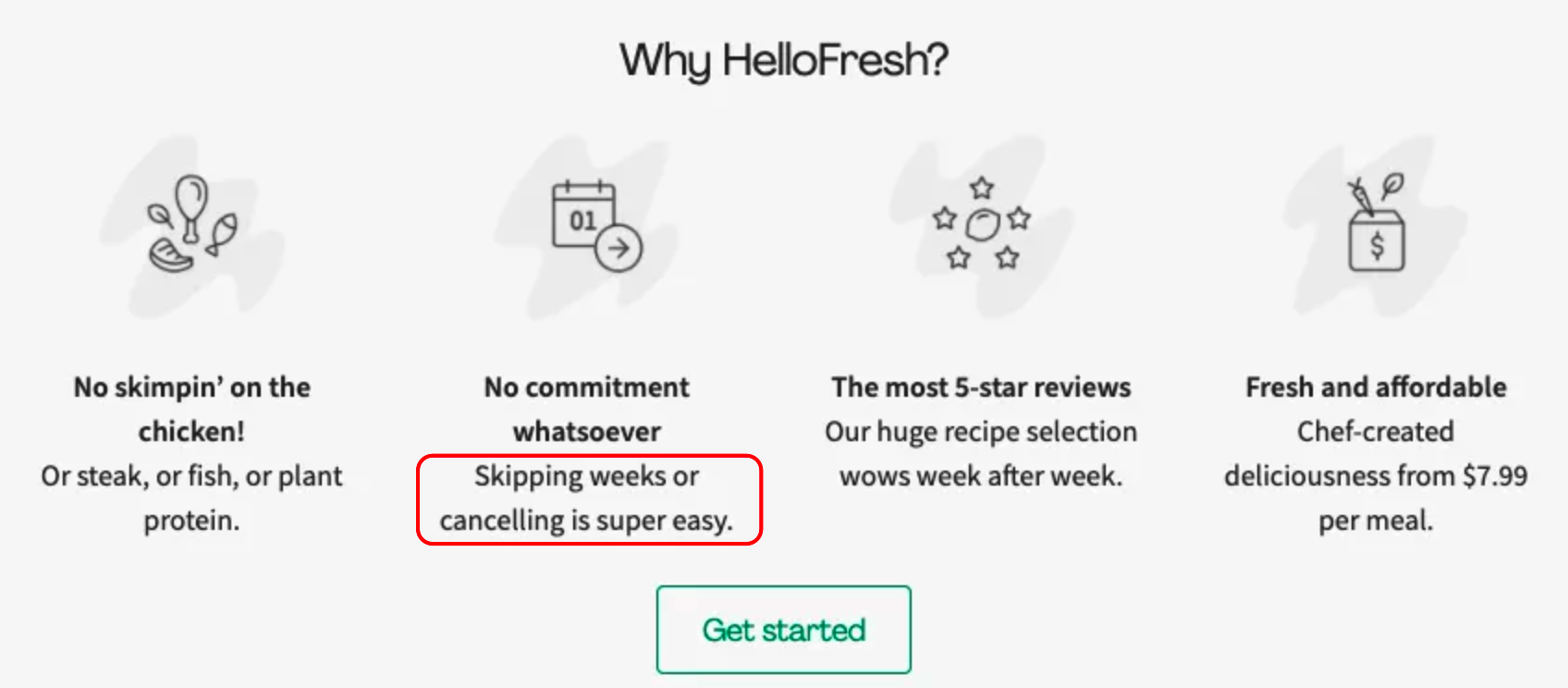
· Make a Decision
After the customer's questions are answered, someone needs to push them one step forward to take the next step. Here are some compelling CTA button copywriting tips for reference:
Indicates that the operational risk is low, such as "Try for free", "No-risk trial" or "No credit card needed"
Lead by saying it would be beneficial to do so, such as "Get professional advice", "Explore our products" or "Customize my plan"
Use personal pronouns to add personalization, such as "Sign me up", "Yes, take me to the sale" , or "Add to my bag."
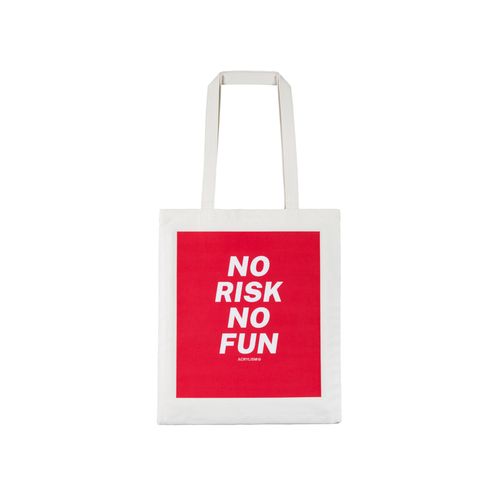

Here are 6 proven and effective e-commerce copywriting optimization skills, which combine the experience of store owners and the scientific advice of psychological experts. Compare and see what points your e-commerce copywriting has achieved~
①. How to understand target customers
First, you need to answer an important question: Who are you writing copy for? Understanding your target customers' needs is the first step to resonating with them.
Good ways to research your target customers include:
1. Utilize the company's market research and analyze website traffic data
2. Conduct online surveys, polls and interviews
3. Analyze discussions on social platforms such as TikTok, Pinterest and Facebook
Once you've completed your research, you'll have plenty of ideas for describing your product from a "Customer Perspective." For example, your company is selling backpacks. Read carefully the discussions about backpacks on Facebook and you will find many short sentences and vocabulary that can be used in copywriting.
WP Standard, a leather goods brand that has entered the TOP10 Shopify store list, uses words such as "daily busy" and "will accompany you for many years" in the product description of the backpack, which means to communicate with target customers in a way they are familiar with. Although WP Standard's Pinterest account only has more than 5,000 fans, its homepage has more than 96,000 monthly views.
 In addition, it is also a good way to study the copywriting of your competitors to find out how they promote the advantages of their products.
In addition, it is also a good way to study the copywriting of your competitors to find out how they promote the advantages of their products.②. How to write an eye-catching title
Think back to your last online shopping experience. Was the first thing you saw at first sight an eye-catching title? Titles are crucial to creating a positive and engaging first impression. Customers may choose to purchase an item based solely on the title. That's why we need eye-catching headlines in emails, homepages, product pages, ads, and everywhere.
An attractive title can be conceived from two dimensions: "Clarity" and "Resonance with your target customers".
1. Clarity
The title needs to capture the point so customers can know they are in the right place. Complex titles can easily overwhelm customers. For example, the title of the eyewear brand "Warby Parker" makes its advantages clear at a glance.

2. Resonance
Create a deeper connection with your customers. If you know your target customers well, your headlines will be more likely to resonate with them.
Researching your client's needs, goals, and problems is critical. For example, the food brand Partake Foods uses the title "Because Ingredients Matter" to convey to customers "We care about food ingredients as much as you do = we understand you."

③. How to tell a good brand story
Storytelling is a great technique for connecting with your customers. Take the bicycle brand Madsen Cycles as an example. The story the brand tells customers is: When the Madsen family visited relatives in Denmark, they were deeply impressed by the country's cycling culture. They wanted to bring bicycle culture back to America and ended up designing a unique family-friendly bike

In addition to brand culture, you can also include stories in product descriptions. For example, tell how the product will change customers' lives, etc. These stories will build rapport with customers and evoke positive emotions in them.
④.How to create a sense of urgency
A sense of urgency can get potential customers to take immediate action. There are many ways to express a sense of urgency:
· Limited stock levels
· Mystery and flash sales
· Limited edition products
· Time limit to get a special price
· Free delivery for special conditions
For example, the decoration brand "Boughs" uses this method to promote weekly limited-edition products. Also be careful to write down the most important details that customers need to know, such as time, discounts, promo codes, etc.

⑤. How to convey key information quickly
In fast-paced work and life, everyone wants to obtain information quickly. How do you keep it simple while still including useful information that will help your customers convert?
Body care brand Dollar Shave Club's product descriptions use a list of symbols to convey many of the product's benefits. Of course, in addition to lists of symbols, consider using different font sizes, headings and subheadings, short paragraphs of no more than three lines, etc.

⑥. How to eliminate customer's hesitation before placing an order
Most customers who visit your website may aren't ready to buy yet, and copywriting can convince them to stop hesitating and make a decision. It's a good way to show them that the risks involved with placing an order are low, such as the usual free shipping and free returns. This type of risk avoidance also includes money-back guarantees, safe payment instructions, etc.
· Stop Hesitating
For example, HelloFresh is a brand that has an excellent risk-aversion strategy when it comes to copywriting. Customers can see answers to frequently asked questions about their food ordering service before they start ordering, which is also a great way to eliminate hesitation.

· Make a Decision
After the customer's questions are answered, someone needs to push them one step forward to take the next step. Here are some compelling CTA button copywriting tips for reference:
Indicates that the operational risk is low, such as "Try for free", "No-risk trial" or "No credit card needed"
Lead by saying it would be beneficial to do so, such as "Get professional advice", "Explore our products" or "Customize my plan"
Use personal pronouns to add personalization, such as "Sign me up", "Yes, take me to the sale" , or "Add to my bag."


